Visual discrimination Addition Worksheets for Ages 4-9
5 filtered results
-
From - To
Enhance your child’s math skills with our Visual Discrimination Addition Worksheets, designed specifically for ages 4-9. These engaging worksheets help young learners develop visual discrimination abilities while practicing addition. By identifying shapes, patterns, and differences, children strengthen their critical observation skills, paving the way for more complex math concepts. With colorful visuals and fun exercises, these worksheets are perfect for home or classroom use. They not only make learning enjoyable but also boost confidence in young mathematicians. Dive into our collection today and support your child's educational journey while fostering essential visual and analytical skills!
Visual discrimination is the ability to perceive differences and similarities in visual stimuli. For children ages 4-9, visual discrimination plays a crucial role in their overall cognitive development, particularly in the context of addition and early math skills. Parents and teachers should prioritize this skill for several reasons.
Firstly, visual discrimination helps children recognize numbers and understand their relationships, making it easier for them to grasp addition concepts. When children can distinguish between different quantities or shapes, they build a foundation for more complex mathematical operations.
Secondly, improved visual discrimination enhances focus and attention, which are vital for classroom learning. Students who can quickly identify differences in visual information are better equipped to follow instructions and engage with learning materials.
Furthermore, strong visual discrimination skills support literacy development. Children often use similar visual skills when recognizing letters and words, linking math and reading comprehension.
Moreover, fostering visual discrimination can lead to increased confidence in young learners, as they feel more competent in solving problems and navigating academic challenges. By emphasizing this skill, parents and teachers can nurture a well-rounded educational experience that prepares children for future academic success.
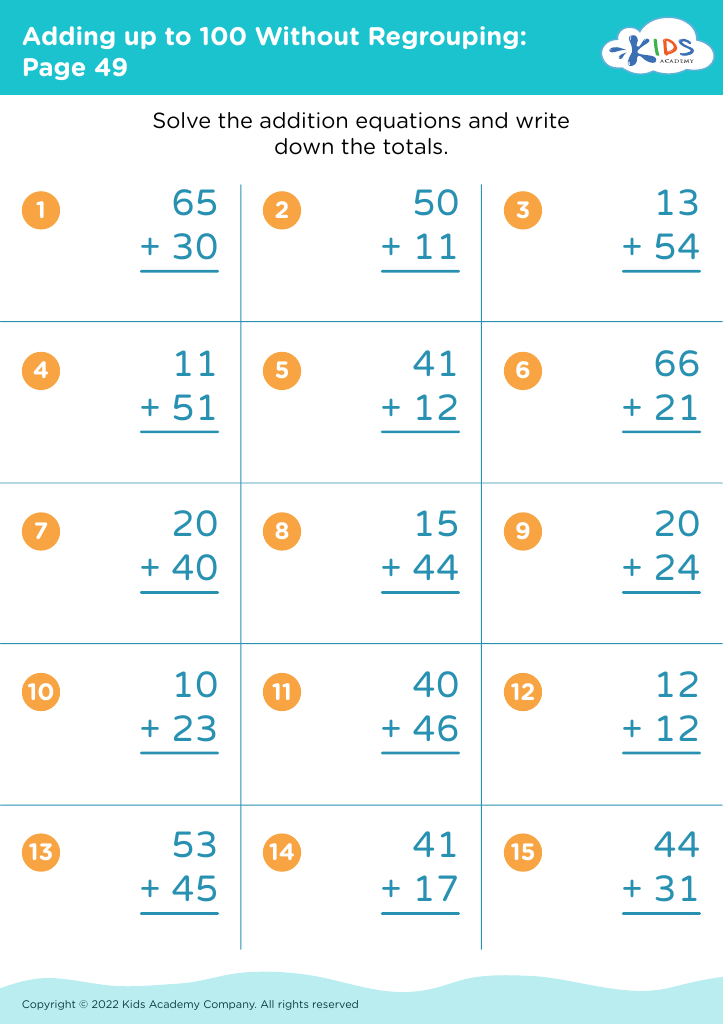
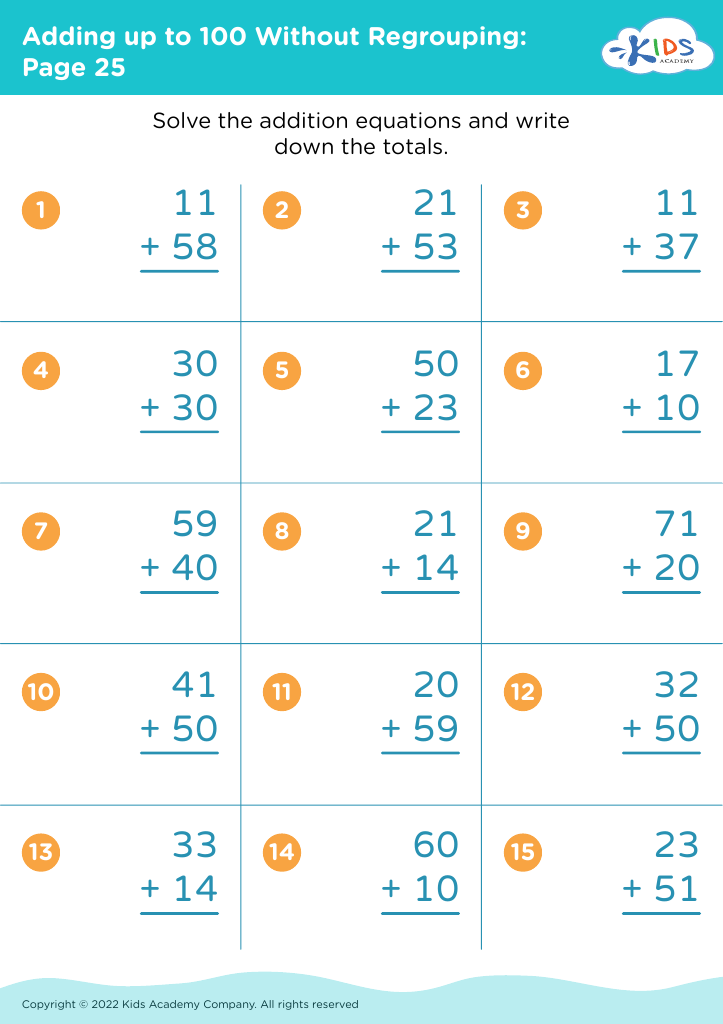
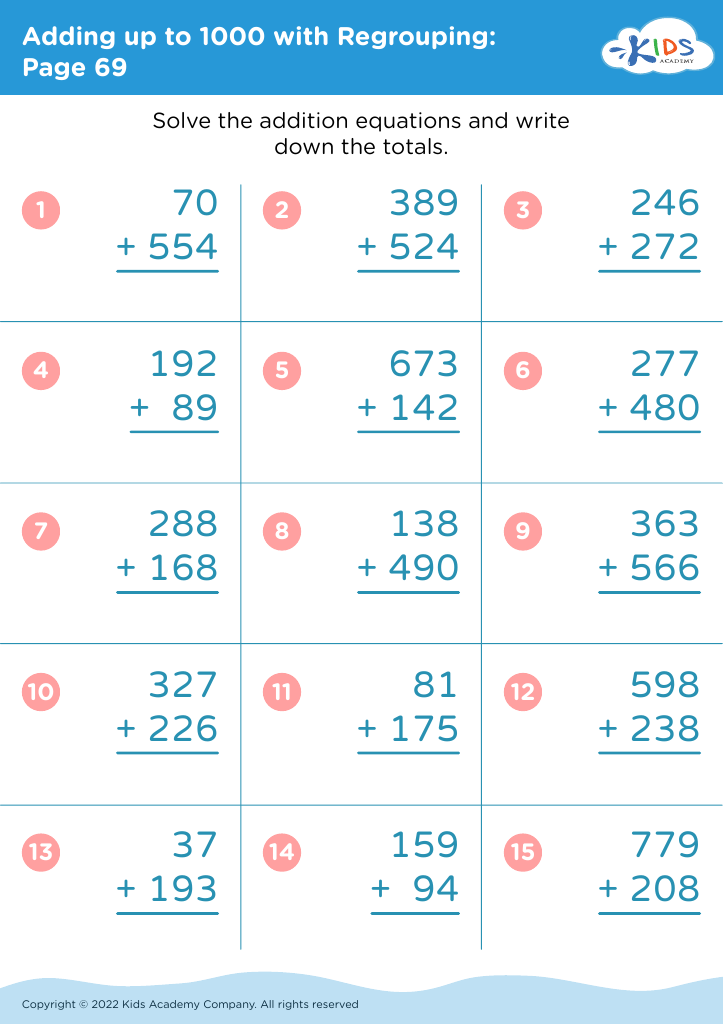
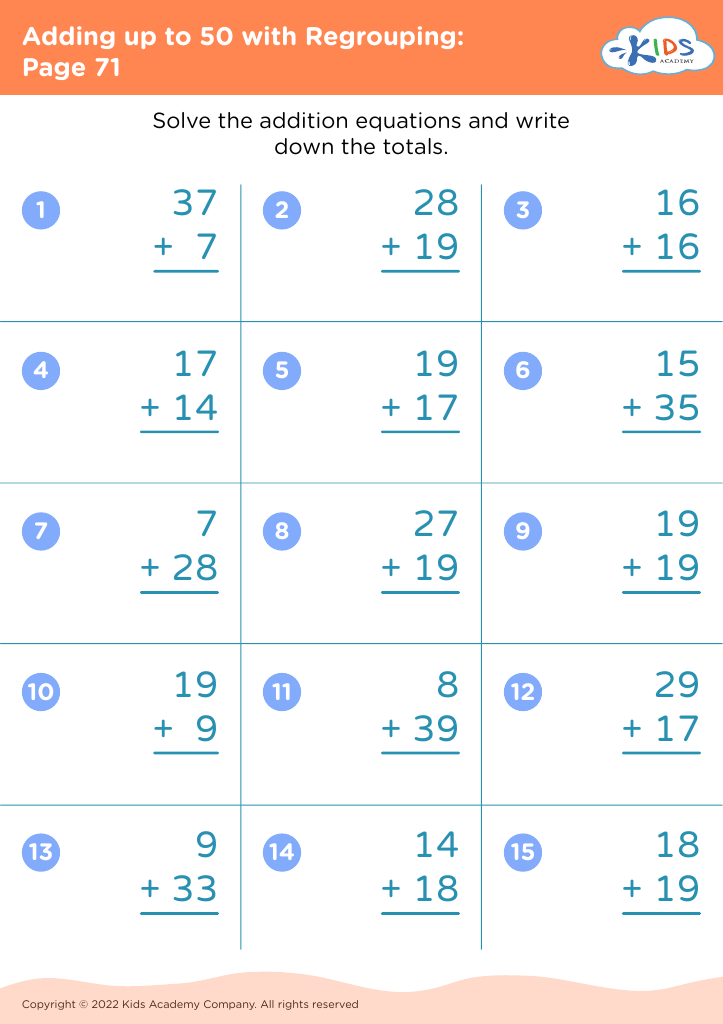
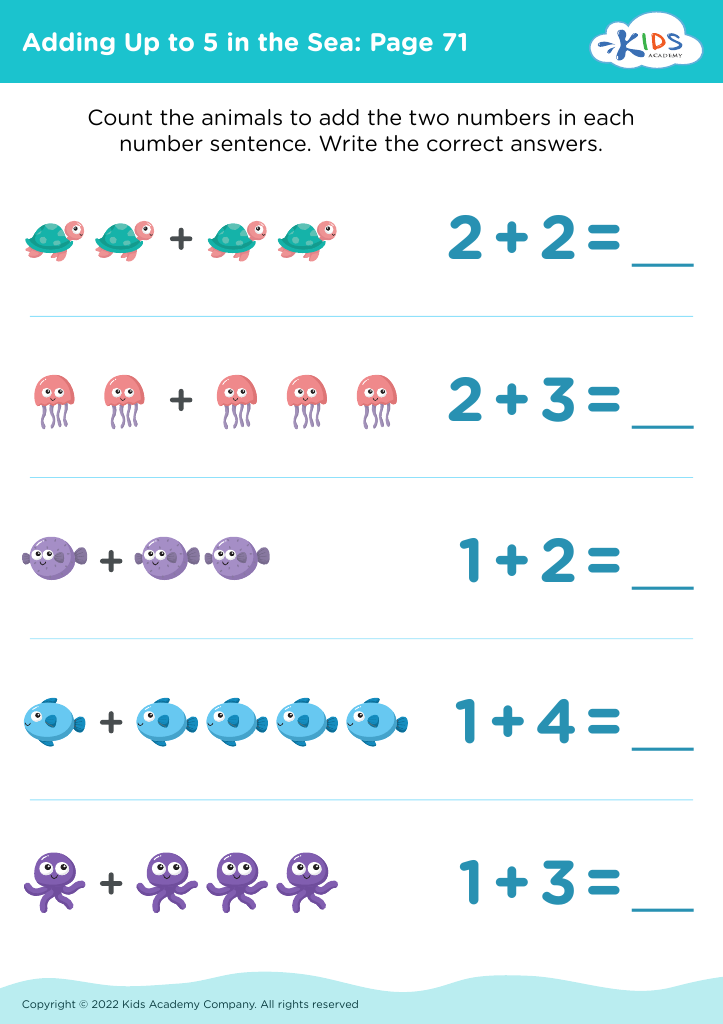


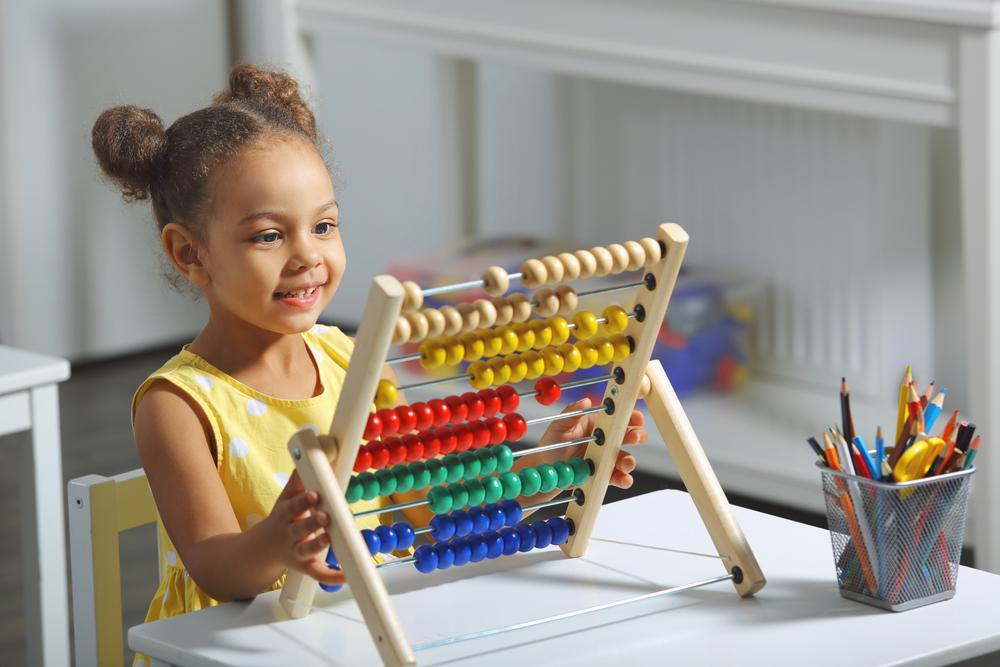
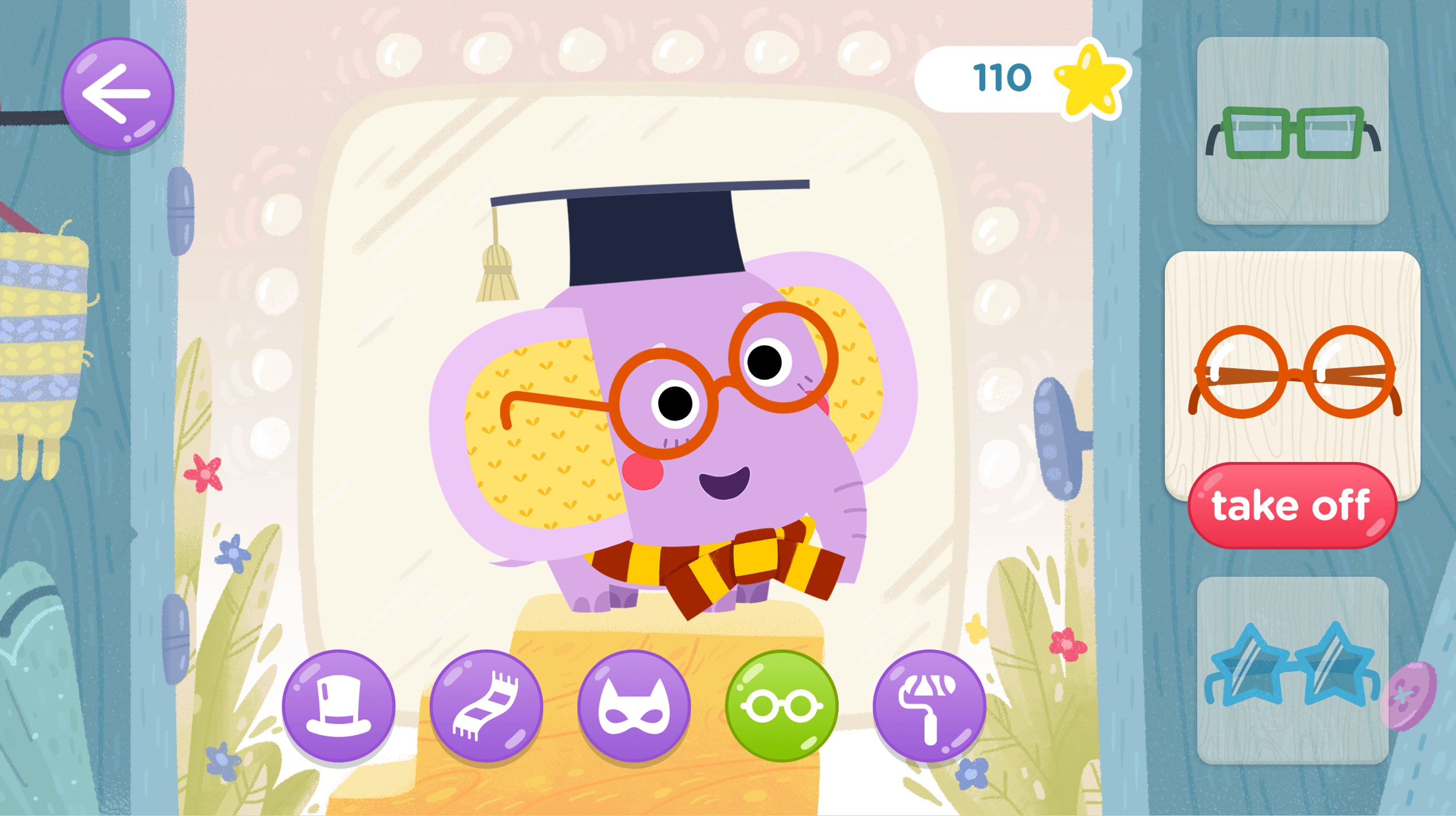

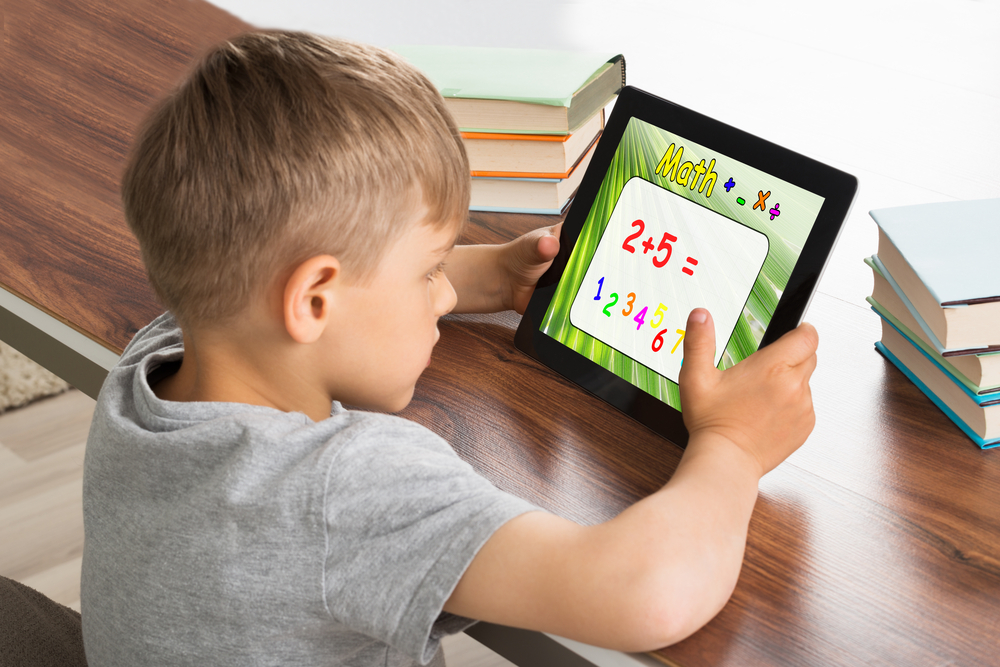

.jpg)








